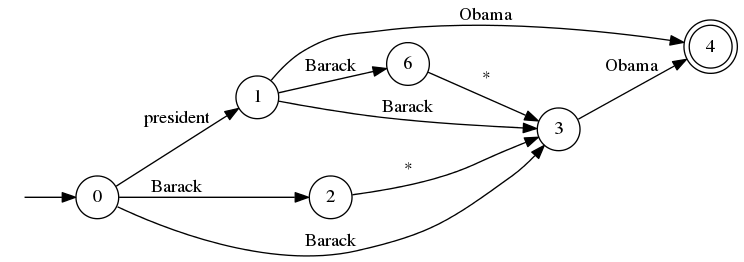It is a common comment that the United States Supreme Court has difficulty with technology issues. Not terribly surprising since digital technology evolves several orders of magnitude faster than legal codes and customs.
But even if judicial digital illiteracy isn’t surprising, judicial theological illiteracy should be.
I am referring, of course, to the recent opinion by the European Court of Justice that there is a right to be “forgotten” in the records of the search giant Google.
In the informal press release about its decision, the ECJ states:
Finally, in response to the question whether the directive enables the data subject to request that links to web pages be removed from such a list of results on the grounds that he wishes the information appearing on those pages relating to him personally to be ‘forgotten’ after a certain time, the Court holds that, if it is found, following a request by the data subject, that the inclusion of those links in the list is, at this point in time, incompatible with the directive, the links and information in the list of results must be erased. The Court observes in this regard that even initially lawful processing of accurate data may, in the course of time, become incompatible with the directive where, having regard to all the circumstances of the case, the data appear to be inadequate, irrelevant or no longer relevant, or excessive in relation to the purposes for which they were processed and in the light of the time that has elapsed. The Court adds that, when appraising such a request made by the data subject in order to oppose the processing carried out by the operator of a search engine, it should in particular be examined whether the data subject has a right that the information in question relating to him personally should, at this point in time, no longer be linked to his name by a list of results that is displayed following a search made on the basis of his name. If that is the case, the links to web pages containing that information must be removed from that list of results, unless there are particular reasons, such as the role played by the data subject in public life, justifying a preponderant interest of the public in having access to the information when such a search is made. (The press release version, The official judgement).
Which doesn’t sound unreasonable, particularly if you are a theological illiterate.
One contemporary retelling of a story about St. Philip Neri goes as follows:
The story is often told of the most unusual penance St. Philip Neri assigned to a woman for her sin of spreading gossip. The sixteenth-century saint instructed her to take a feather pillow to the top of the church bell tower, rip it open, and let the wind blow all the feathers away. This probably was not the kind of penance this woman, or any of us, would have been used to!
But the penance didn’t end there. Philip Neri gave her a second and more difficult task. He told her to come down from the bell tower and collect all the feathers that had been scattered throughout the town. The poor lady, of course, could not do it-and that was the point Philip Neri was trying to make in order to underscore the destructive nature of gossip. When we detract from others in our speech, our malicious words are scattered abroad and cannot be gathered back. They continue to dishonor and divide many days, months, and years after we speak them as they linger in people’s minds and pass from one tale-bearer to the next. (From The Feathers of Gossip: How our Words can Build Up or Tear Down by Edward P. Sri)*
The problem with “forgetting” is the same one as the gossip penitent. Information is copied and replicated by sites for their own purposes. Nothing Google can do will impact those copies. Even if Google, removes all of its references from a particular source, the information could be re-indexed in the future from new sources.
This decision is a “feel good” one for privacy advocates. But, the ECJ should have recognized the gossip folktale parallel and decided that effective relief is impossible. Ordering an Impossible solution diminishes the stature of the court and the seriousness with which its decisions are regarded.
Not to mention the burden this will place on Google and other search result providers, with no guarantee that the efforts will be successful.
Sometimes the best solution is to simply do nothing at all.
* There isn’t a canonical form for this folktale, which has been told and re-told by many cultures.



